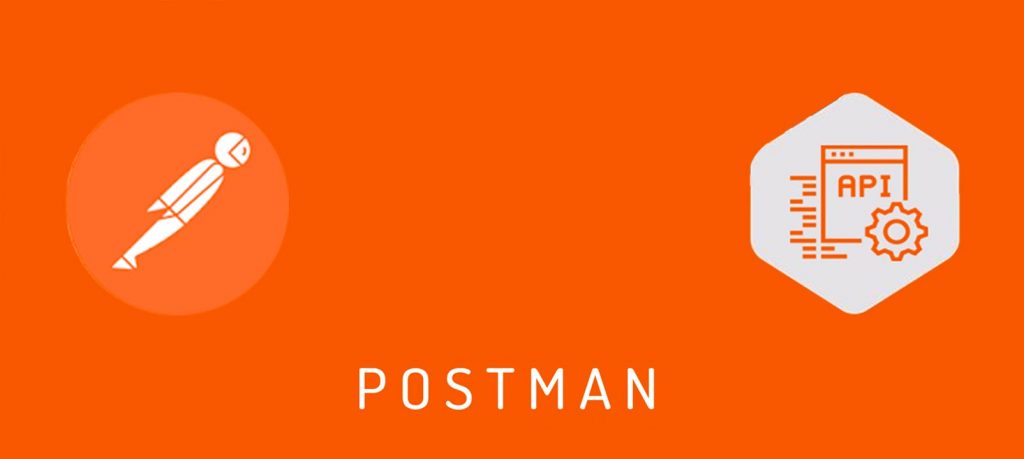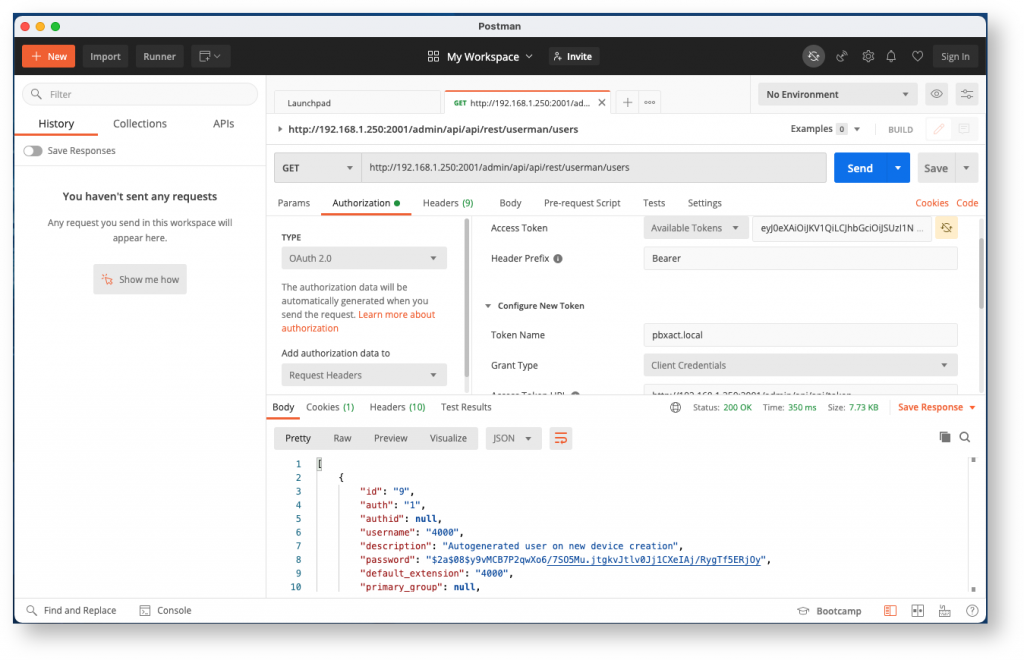Web services
Web Services and APIs represent pivotal components in the digital transformation landscape, facilitating the implementation of user-friendly self-service options across a diverse range of applications.
Web services
Web services are standardized software systems designed to communicate over a network. They use open protocols and standards, primarily HTTP, XML, SOAP, and REST, to exchange data between applications or systems, irrespective of their underlying architecture or technology. This interoperability promotes seamless integration and data sharing.
Two major types of web services are SOAP (Simple Object Access Protocol) and REST (Representational State Transfer), each offering different methods for data transmission. Web services are integral for developing web applications and enabling various software applications to interact with each other.
So a web service is an assembly of open protocols and standards that facilitate data exchange between systems or applications.
These services enable software applications, regardless of the programming languages used or the platforms they operate on, to communicate over computer networks, thus promoting interoperability.
Different Types
Web services can be implemented in various ways, with the two predominant types being SOAP and RESTful web services.
SOAP – SOAP (Simple Object Access Protocol) was designed to ensure secure data exchange between programs operating on diverse platforms and written in various programming languages. The protocol was established before the advent of REST.
REST – REST (Representational State Transfer) was created specifically to interact with components such as media components, files, or even objects on a specific hardware device. Any web service built on REST principles is referred to as a RESTful web service. REST employs standard HTTP verbs – GET, POST, PUT, and DELETE – to interact with the necessary components.
Key Features
Web APIs possess several essential features:
Efficiency: APIs provide a streamlined method for different software applications to communicate.
Wider Reach: APIs allow applications to interact beyond device and platform boundaries.
Personalization: APIs facilitate the creation of personalized user experiences by accessing user-specific data and features.
Customization: APIs can be tailored to meet specific requirements.
Easy Integration with GUI: APIs can be easily incorporated into Graphical User Interfaces.
Data Ownership: APIs allow for better control and access to data.
Language Independence: APIs are not tied to a specific programming language.
Time Effectiveness: APIs can automate tasks, saving time and reducing errors.
API Interfaces
An Application Programming Interface (API) is a set of rules and protocols that allows software applications to communicate and interact with each other. It serves as a bridge between different software applications, enabling them to share data and functionalities without revealing their underlying code.
APIs can be categorized into different types, including Web APIs, Operating System APIs, Database APIs, and many more. Each type is designed to facilitate specific interactions between software applications. For instance, Web APIs, often built using HTTP, enable communication between applications over the internet.
Web APIs can further be classified into SOAP, REST, and GraphQL, among others. SOAP (Simple Object Access Protocol) is a protocol that allows programs running on disparate operating systems to communicate. REST (Representational State Transfer) APIs use standard HTTP methods like GET, POST, and DELETE to transfer data. GraphQL, a modern alternative, allows clients to define the structure of the response data.
APIs are integral to modern software development, promoting code reusability, modularity, and efficiency. They play a crucial role in enabling diverse software systems to seamlessly integrate and function together, fostering the creation of more complex and robust software applications. APIs are the unseen backbone of our interconnected digital world.
Postman and API interfaces

When we implement new API interfaces will we normally always start by adding the API payload to the famous API tool called POSTMAN – it allow us to perform API calls without any coding.
When all testing have been performed will our implementation process begin.

Difference between API and Web Services
Here are important differences between Web services and API.
Web Service
Every web service is an instance of an API, underscoring their interconnectedness.
Web services inherently support XML, a markup language that encodes documents in a format readable by both machines and humans.
The employment of the SOAP protocol, which facilitates sending and receiving messages, inherently makes web services not lightweight. This is due to the verbosity and complexity of SOAP.
Web services are primarily utilized by clients that can interpret and process XML.
Web services leverage three distinct communication styles, namely REST, SOAP, and XML-RPC, each offering different mechanisms for data exchange.
However, it’s worth noting that web services offer support exclusively for the HTTP protocol, limiting their scope of application to this communication protocol.
API
Contrary to common perception, not all APIs constitute web services.
API responses are formatted into JSON, XML, or other formats, allowing for greater flexibility in data representation and manipulation.
APIs are characterized by their lightweight architecture, contributing to efficient performance and streamlined data exchange.
APIs can be utilized by clients capable of interpreting JSON or XML, making them highly versatile in terms of client compatibility.
Unlike web services that are limited to HTTP, APIs can facilitate various types of communication, broadening their scope of application.
Moreover, APIs provide robust support for the HTTPS protocol, encompassing URLRequest/response headers, further enhancing their security and reliability in data transmission.
Advantage of API Services
APIs (Application Programming Interfaces) and web services both facilitate communication between disparate software systems, but they differ in terms of capabilities, flexibility, and performance. Here are some advantages of using APIs over web services:
Versatility: APIs are not limited to HTTP or HTTPS protocols like traditional web services. They can operate over various types of communication protocols, making them suitable for a broader range of applications.
Data Format Flexibility: While web services primarily use XML for data exchange, APIs can handle multiple data formats including JSON, XML, and others. JSON, being less verbose than XML, can lead to faster data transfers and parsing, especially in web applications.
Performance: APIs, especially RESTful APIs, are often considered to have a lightweight architecture compared to SOAP-based web services. This can lead to better performance in terms of speed and resource usage.
Ease of Integration: APIs, particularly REST APIs, are often easier to integrate with modern web applications due to their use of standard HTTP methods and status codes.
Security: APIs can leverage the full range of security protocols available for HTTP or HTTPS, which can provide more robust and flexible security options compared to traditional web services.
Scalability: APIs are designed to be stateless, which enhances their scalability. Stateless servers can handle requests independently, making load balancing and scaling out to accommodate traffic spikes easier.
Remember, the choice between APIs and web services depends largely on the specific requirements of your application or system. Each has its own strengths and is better suited to different use cases.
Advantage of Web Services
Web services also offer a number of benefits, even though they might not provide the same level of flexibility as APIs. Here are some key advantages of using web services:
Interoperability: Web services, particularly those based on SOAP, are designed to be highly interoperable. They can be used across various programming languages and platforms, making them an excellent choice for integrating disparate systems.
Standardized Protocol: Web services use standardized, widely accepted protocols such as HTTP, XML, SOAP, and WSDL. These standards ensure that different software can communicate with each other in a predictable manner.
Support for WS Standards: SOAP-based web services support WS standards (a set of specifications that provide a framework for web service protocols). This includes specifications for security, reliable messaging, transactions, and more, making SOAP web services suitable for complex, enterprise-level applications.
Stateful Operations: Unlike REST APIs, web services can support stateful operations. This can be beneficial in scenarios where you need to maintain a conversation with a service across multiple requests.
Comprehensive Data Exchange: Using SOAP, web services can exchange complete documents or execute complex transactions, a benefit not always feasible with APIs.
Built-in Error Handling: SOAP provides built-in retry logic to compensate for failed communications. SOAP fault elements act as error messages during the communication, providing more robust error handling.
While web services may not provide the same level of performance or ease of use as APIs, they remain a powerful tool for certain types of applications, particularly in enterprise and B2B contexts where standardized, reliable communication is essential.
Weak points of API Services
While APIs, particularly RESTful APIs, are known for their flexibility and ease of use, they do have certain drawbacks when compared to traditional web services. Here are some key disadvantages:
Lack of Standardization: Unlike SOAP-based web services that adhere to strict standards, REST APIs lack a standardized protocol. This can result in inconsistencies in how APIs are designed and used.
Limited Security: SOAP web services support built-in WS-Security features, including standardized mechanisms for encryption, authentication, and ensuring message integrity. While APIs can also implement these features, they lack a standard way of doing so.
No Comprehensive Data Exchange: REST APIs typically work best with CRUD (Create, Read, Update, Delete) operations. For more complex operations, such as atomic transactions or operations that require more advanced features (e.g., acknowledgments, message queues), SOAP web services may be more suitable.
No Built-in Error Handling: Unlike SOAP, REST APIs do not have a standard error handling mechanism. Errors must be handled on a case-by-case basis, which can add to the complexity of API design.
Stateless Nature: REST APIs are stateless, which means they don’t maintain a connection between requests. While this can lead to increased scalability and performance, it can also make certain operations more challenging to implement compared to stateful SOAP web services.
Limited Support for Asynchronous Processing: While it’s possible to build asynchronous operations with APIs, SOAP web services have built-in support for asynchronous processing through features like WS-ReliableMessaging.
It’s important to note that the choice between APIs and web services depends on the specific needs of your application. Each has its own advantages and is better suited to different types of tasks.
Weak points of Web Services
While web services have their strengths, they also have certain disadvantages when compared to APIs, especially RESTful APIs. Here are a few key drawbacks:
Complexity: Web services, particularly SOAP-based ones, can be more complex to implement and use compared to APIs. This is due to the extensive and verbose nature of SOAP messages, and the additional configuration required for WS* standards.
Performance: Because SOAP messages are verbose and contain a lot of additional XML metadata, they can be larger in size and slower to process compared to the typically lighter and faster JSON used in many APIs.
Limited Methods: Traditional web services primarily use HTTP POST and less frequently HTTP GET for communication, whereas REST APIs use all HTTP methods (GET, POST, PUT, DELETE, etc.), providing more options for interaction.
Less Flexibility: Web services are less flexible in terms of data formats. They primarily use XML, whereas APIs can handle multiple data formats including JSON, XML, and others.
Browser Compatibility: RESTful APIs can easily be consumed by browsers and JavaScript, making them more suitable for modern web applications. SOAP web services, on the other hand, require a SOAP client to be used, which may not be as readily available or convenient in all environments.
Stateless vs Stateful: While SOAP web services can maintain state between requests, this can also lead to scalability issues in large distributed systems. REST APIs, on the other hand, are stateless, which can make them more scalable and suitable for web use.
Remember, the choice between web services and APIs will largely depend on the specific requirements of your application. Each has its own strengths and weaknesses and is better suited to different use cases.
